The lost mausoleum at Halicarnassus in Bodrum, Turkey was one of the most visually impressive burial monuments the world had ever seen. The once-great mausoleum held the remains of Mausolus, a 4th century governor of Caria, an ancient territory of Persia. So grand was the building that Antipater of Sidon identified it as one of the Seven Wonders of the Ancient World.

After the governor’s death, his widow headed the construction of an elaborate tomb in which to lay his body to rest. And what was this structure to be called? A mauseole-um. Resembling a temple, the only feature differentiating it from such buildings of worship were slightly higher outer walls. It was constructed in 351/353 and stood as a tribute to him for several centuries.

It begs the explanation that his wife was also his sister, so family reunions, and grave space for that matter, would have been rather cosy affairs.
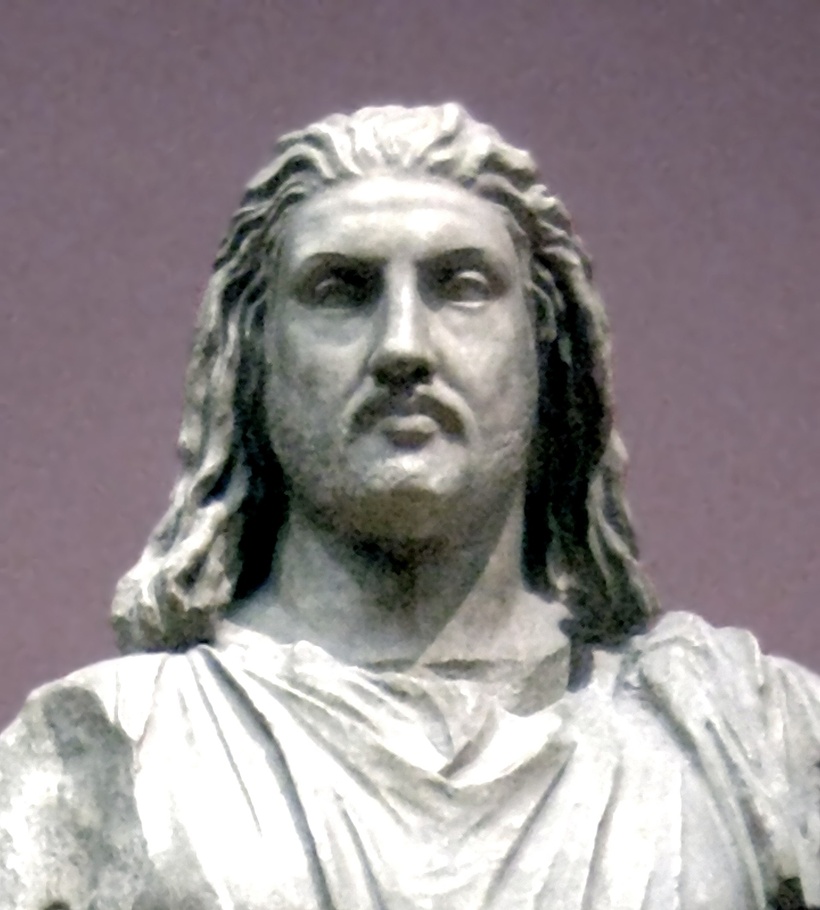
The mausoleum itself was an enormous, spectacular affair. From remaining descriptions of the structure, we can estimate that is was 42 metres in height, extending upwards in a tower of tiers before finishing with a pyramid . The tip of the pyramid was decorated with a detailed marble statue of a chariot with four horses.
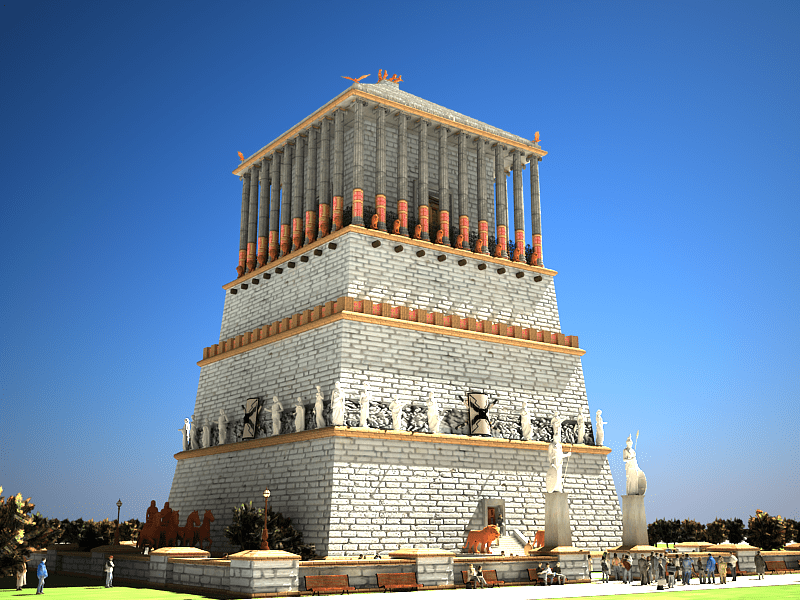
Sadly, as with so many ancient monuments, the Mausolus mausoleum is long gone. Presumed destroyed by an earthquake in the late Middle Ages, little more than its foundations remain today where they lie in modern day Turkey.
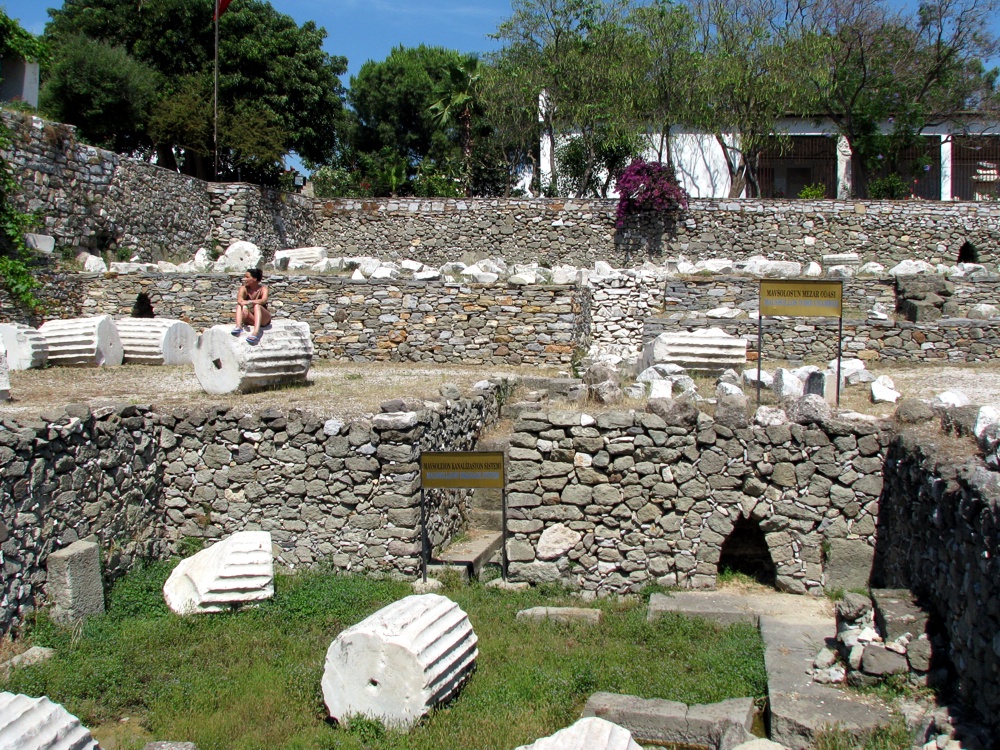
Many later architects took inspiration from the first ‘mausoleum’, with many copycat monuments, albeit on a far smaller scale, appearing in different countries down the centuries. In London, a rather more contemporary interpretation of the mausoleum of Halicarnassus can be found in Highgate Cemetery. Julius Beer (1836-1880) was a German-born English businessman who owned The Observer newspaper from 1870-1880.
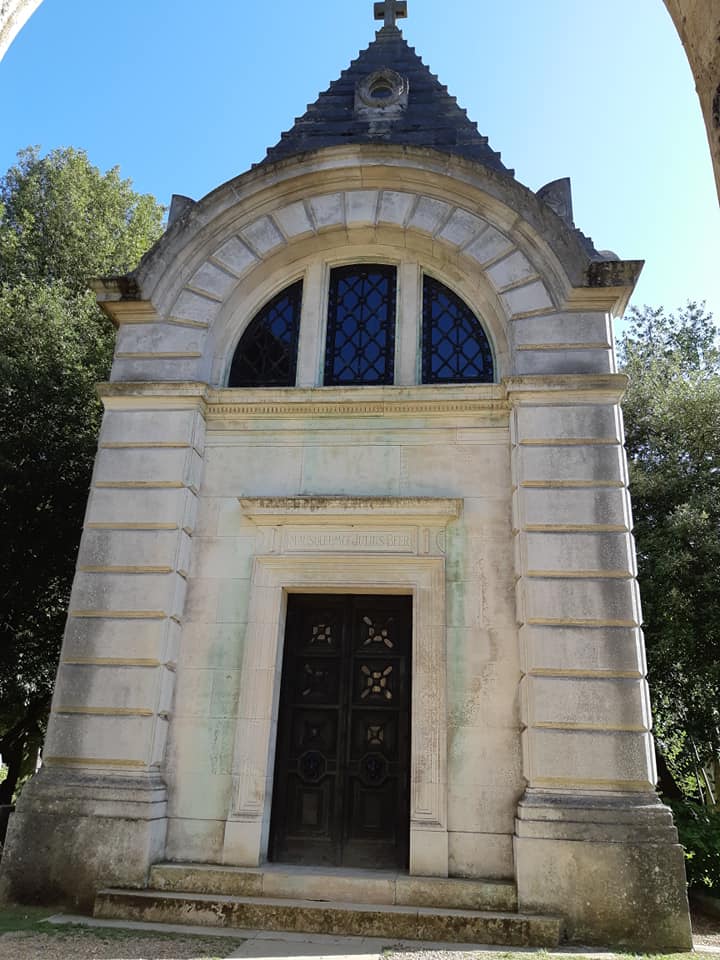
The Beer mausoleum is often cited as one of the most poignant Victorian graves in the capital, being a tower of grief for a lost child. The Beer’s daughter Ada died at the age of eight in 1875, and the couple, overcome with grief, commissioned the grandest memorial to their little child, complete with a deep bas-relief of an angel and child in bright white marble. Unlike the long-destroyed mausoleum at Halicarnassus, the Beer memorial can still be visited today in a peaceful corner of the West cemetery.
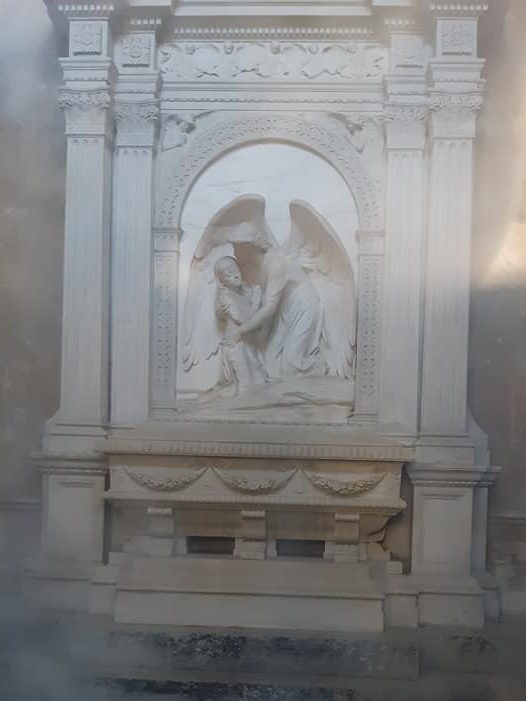
Other buildings inspired by the mausoleum are the Shrine of Remembrance in Melbourne, The Masonic House of the Temple of the Scottish Rite in Washington DC and the General Grand National Memorial in New York City.
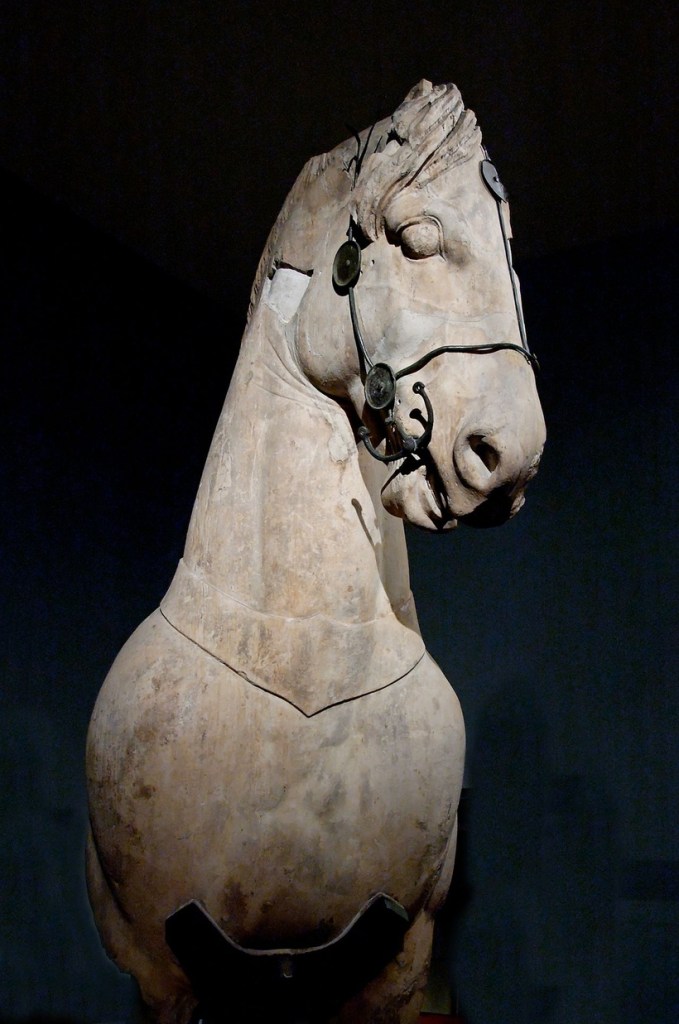

While the Halicarnassus tomb is long gone, its rediscovery by a team from the British Museum in 1852 led to the foundations being uncovered, a feat which makes for a fascinating read in itself. Many statues and reliefs excavated from the grave site are now displayed in the British museum, alongside so many other artefacts from overseas that make for many heated arguments on ownership and repatriation. We can only imagine how awe-inspiring the original memorial would have been, but if we all club together, we might be able to afford a mini likeness before we pop our clogs…
***

Liked this post? Then why not join the Patreon clubhouse? From as little as £1 a month, you’ll get access to four brand new posts every week (articles, pictures, videos, audio) and full access to all content before that! Loads of exclusive stuff goes on Patreon, never to be seen on the main site. Pop on over, support my work, have a chat and let me show you my skulls…
www.patreon.com/burialsandbeyond

Liked this and want to buy me a coffee? To tip me £3 and help me out with hosting, click the link below!
https://ko-fi.com/burialsandbeyond
***


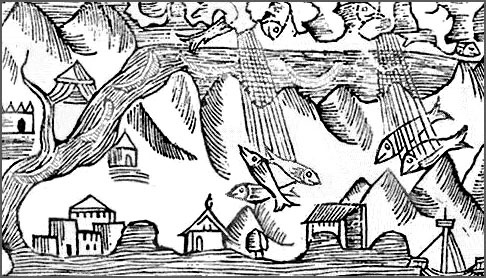


Leave a comment